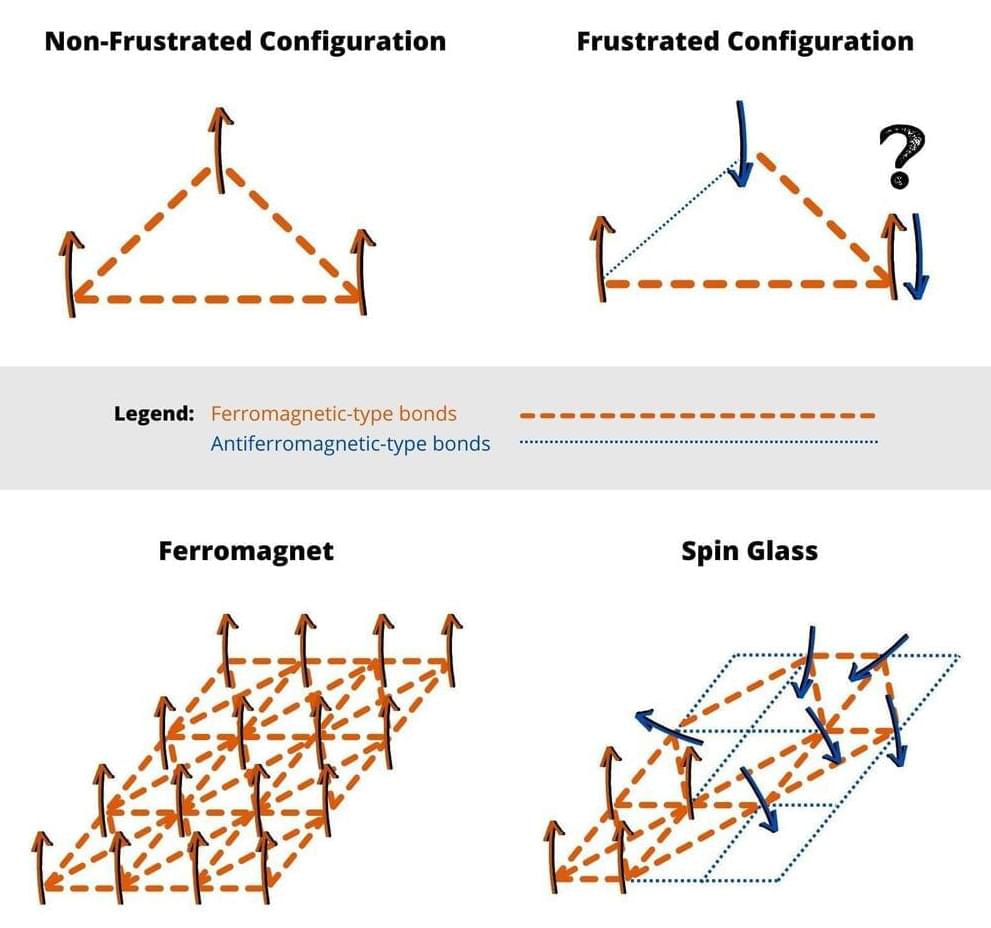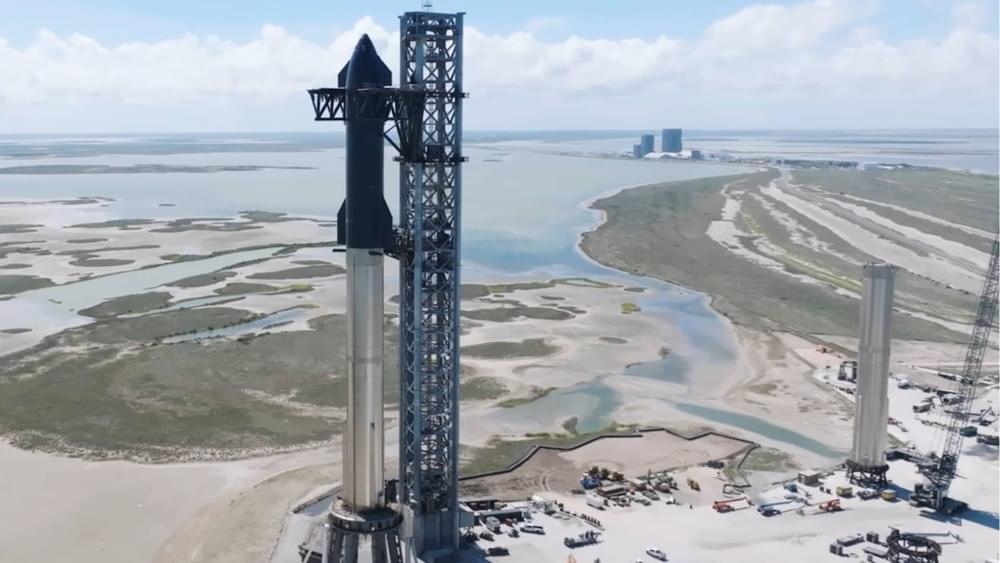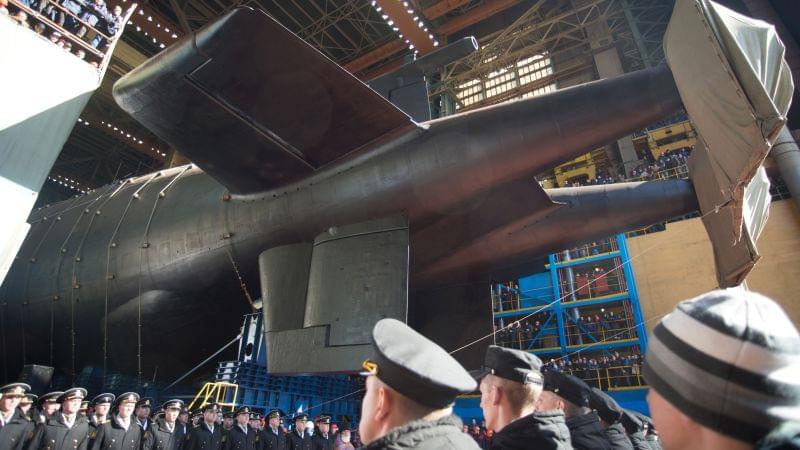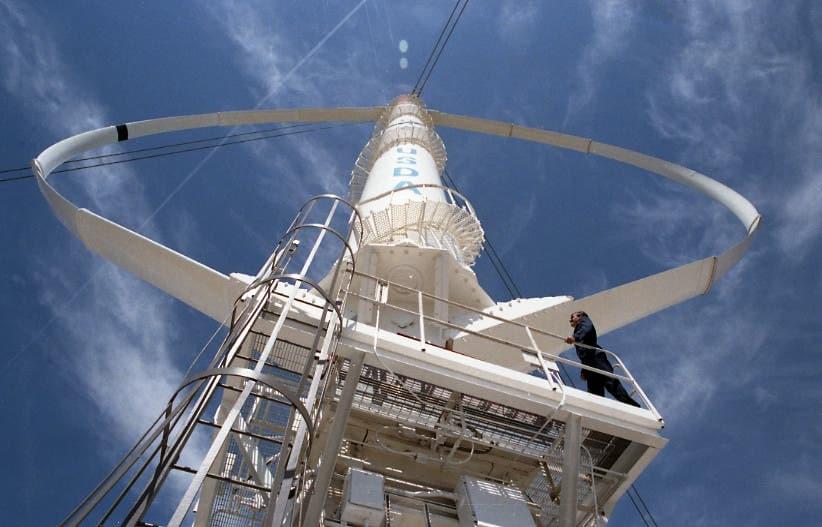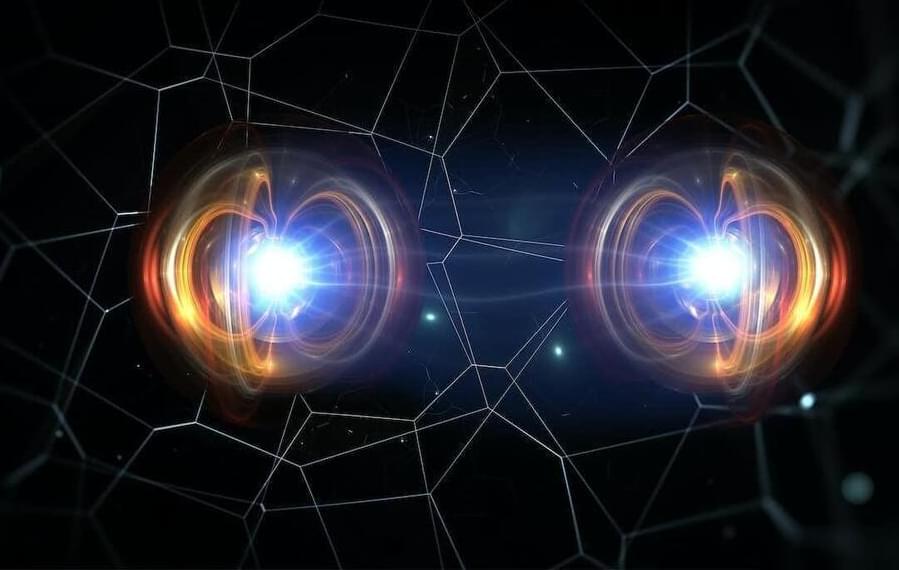Similar to a mouse racing through a maze, making “yes” or “no” decisions at every intersection, researchers have developed a way for machines to swiftly learn all the twists and turns in a complex data system.
“Our method may help improve the diagnosis of urinary diseases, the imaging of cardiac conditions and analysis of financial risks,” reported Abd-AlRahman Rasheed AlMomani of Embry-Riddle Aeronautical University’s Prescott, Arizona, campus.
The research was accepted for the Nov. 11 edition of the journal Patterns with Jie Sun and Erik Bollt of Clarkson University’s Center for Complex Systems Science. The goal of the work is to more efficiently analyze binary (“Boolean”) data.

